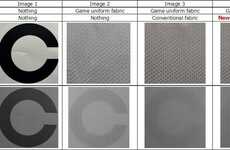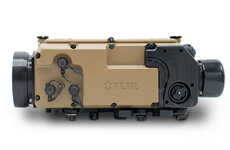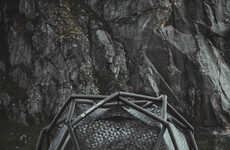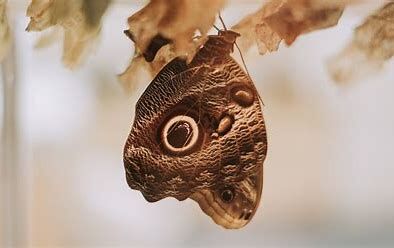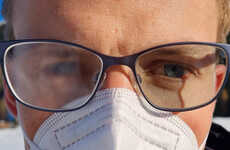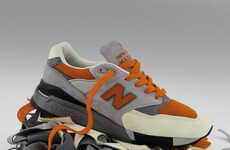
The Anti-Reflective Properties of Moth Eyes Inspire a Design
Francesca Mercurio — September 3, 2021 — Unique
References: designboom
The US army has designed a technique of stamping an anti-reflective coating onto the optical components of rifles and binoculars. This new camouflage technology is in the process of being patented and was inspired by the moths.
Moth eyes are known to have anti-reflective properties, which allow them to camouflage during the night easily. The US army used that same principle and designed an anti-reflective eyespot that prevents light from bouncing. This new technology could allow soldiers and other military personnel to remain hidden during nighttime operations by preventing any light from reflecting off their rifles.
Technology consultant Brian Metzger says this innovative technology could also be useful in everyday applications such as solar panels, outdoor signs, or flat-panel TVs.
Image Credit: Marcus Urbenz, designboom, designboom
Moth eyes are known to have anti-reflective properties, which allow them to camouflage during the night easily. The US army used that same principle and designed an anti-reflective eyespot that prevents light from bouncing. This new technology could allow soldiers and other military personnel to remain hidden during nighttime operations by preventing any light from reflecting off their rifles.
Technology consultant Brian Metzger says this innovative technology could also be useful in everyday applications such as solar panels, outdoor signs, or flat-panel TVs.
Image Credit: Marcus Urbenz, designboom, designboom
Trend Themes
1. Moth-inspired Camouflage - The use of moth-inspired anti-reflective coatings in military and civilian settings for improved concealment.
2. Anti-reflective Optical Coatings - Development and application of anti-reflective coatings for a range of optical equipment, inspired by natural sources.
3. Biologically-inspired Design - The use of biomimicry to develop innovative solutions for common problems in military and civilian sectors.
Industry Implications
1. Military Equipment - Incorporating moth-inspired anti-reflective coatings into a range of military equipment for covert operations.
2. Optics - Development of anti-reflective coatings for optical equipment, such as cameras, telescopes, and microscopes.
3. Renewable Energy - Application of anti-reflective coatings to solar panels, improving energy efficiency and output.
4.2
Score
Popularity
Activity
Freshness

